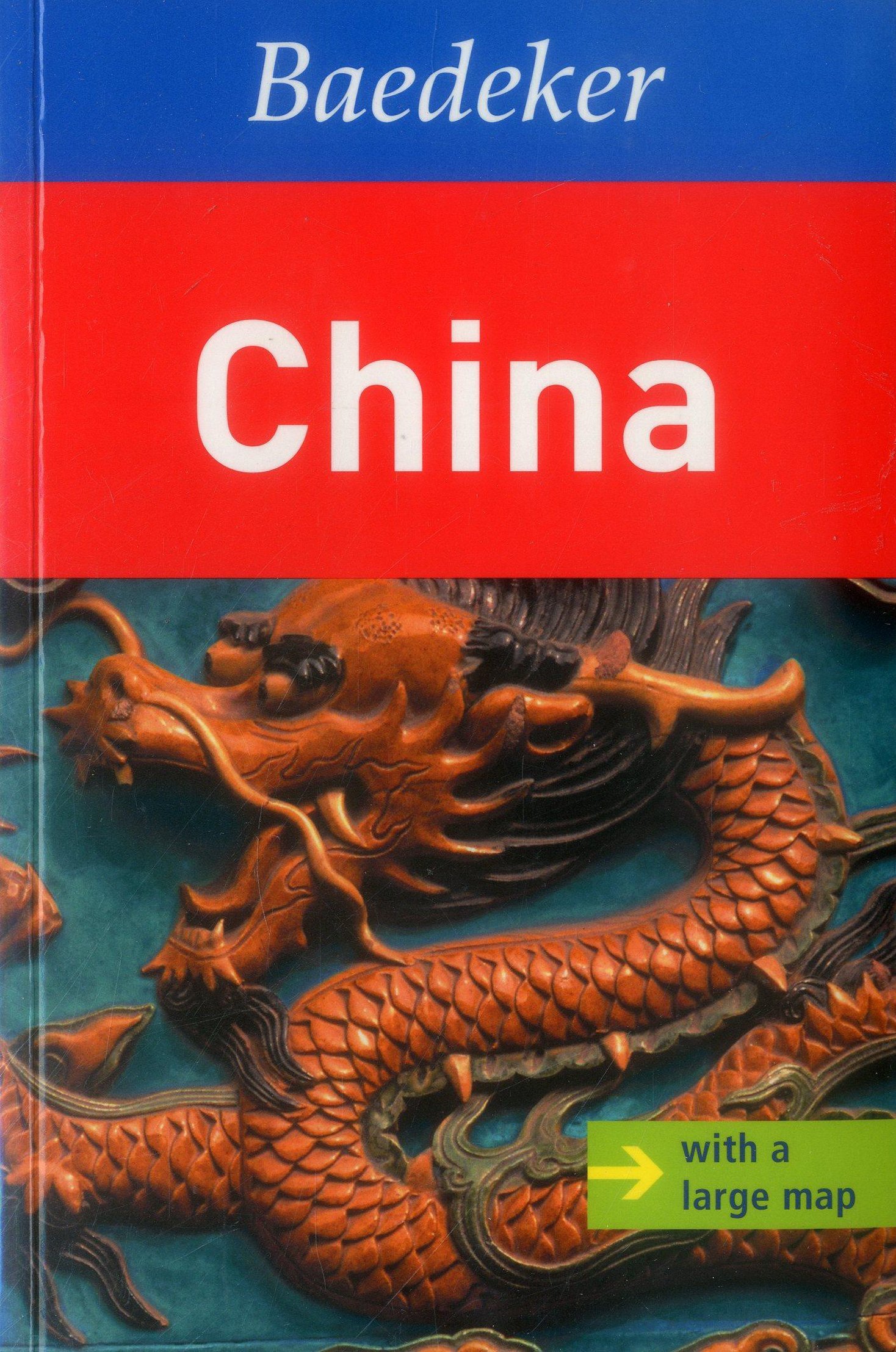By Robert A. Selig
When they hear the term “Baedeker”, most Germans, but not only they, immediately think of a travel guide, that indispensable accessory to planning any successful excursion or vacation. The desire to know not only the roads to take on the way to one’s destination, a need met by a good map, but to find out what there is to see and experience, requires information found in a tour or travel guide, whose purpose is to inform its reader of what to expect at his destination, where to eat and where to lodge, of sites worth seeing and sites to be avoided, the price of a train ticket or the cost to enter a museum, and the general do’s and don’ts. Any genuine travel guide reflects the experiences of its author, and no one undertook that task more diligently than Karl Ludwig Johannes Baedeker (1801-1859) and the once bright-red guidebooks that bore his name. The 21st century traveler has a plethora of guides to choose from which address virtually any interest imaginable, but that was not always the case. Beginning in 1828 and for now almost 200 years, that need has been met by Baedeker’s Handbuch für Reisende, published in over 1,100 editions in 40 countries and three languages by successive generations of the Baedeker family. But while Baedeker continues as the best-known German publisher of travel guides, he was not the first to address the need of conscientious travelers.
To read more subscribe now! Click here!


